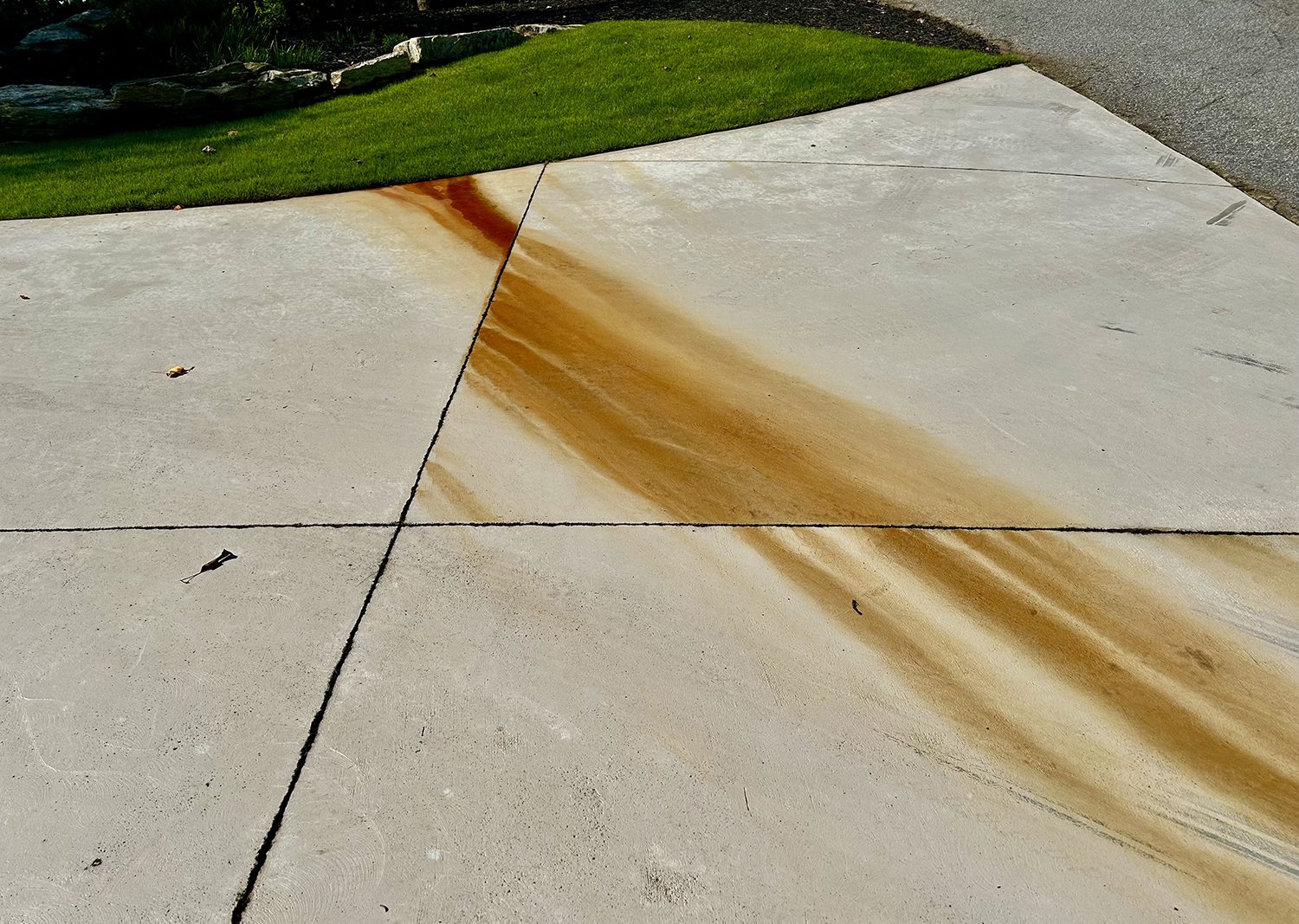What color is your dirt? If you live in the southeastern United States, specifically the Piedmont area, the color of your dirt is most likely a beautiful red orange.
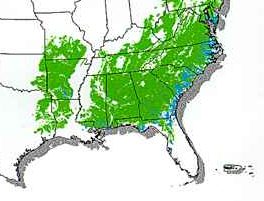
The Good, Bad and Ugly of Red Clay
If you live with this soil, you have undoubtedly seen both the positives and the negatives of this soil.
The Good
From a building perspective, red clay has great bearing capacity without the shrink-swell properties of other clay soils. This means no issues with a slab on grade foundation, unlike other clays with high shrink-swell issues whose foundations and slabs require a lot of steel.
The color comes from high concentrations of iron oxide. This is what gives us the beautiful red orange colors in bricks.

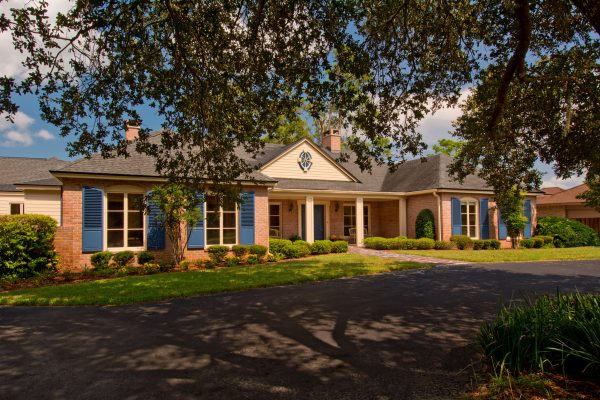
No coincidence that homes built in this region of the US utilized this “indigenous” color of brick. Some say this color has become dated – while I think it is timeless. How do you feel about this color of brick? For or against?
The Bad
Iron oxide is essentially rust and it is highly insoluble in water. Indeed, when this soil gets wet it is prone to stain almost everything including shoes and the houses we build. It is not an uncommon scene to see shoes piled up at the front door to prevent the dirt from tracking into the house. This is why many houses in the south have mud room entries into the house from the garage (and why my white golf shoes now carry an orange cast along with my daughter’s dog’s white paws and belly…)
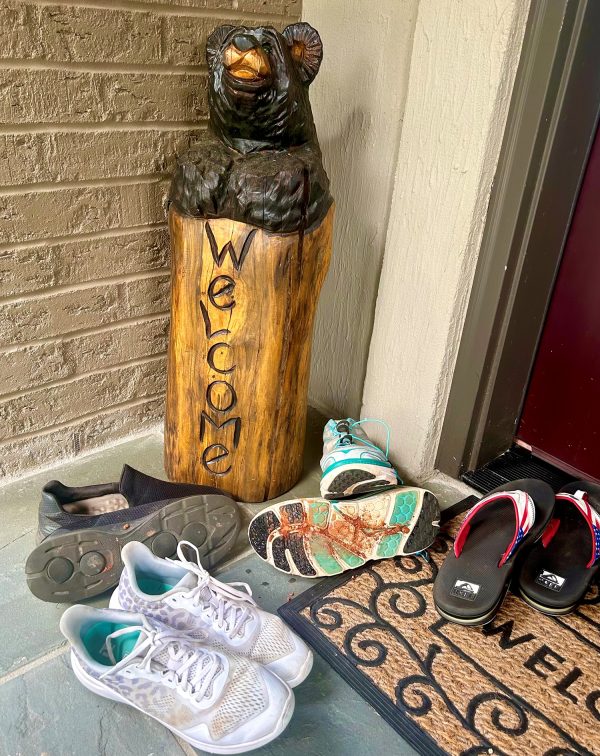


Many builders place straw around the base of the foundation during construction to keep the rust color from splashing up on the house.
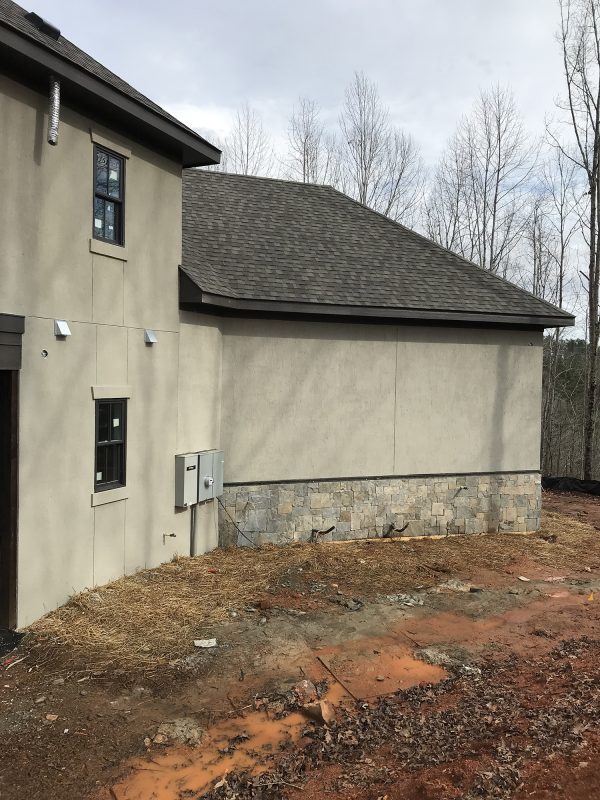
This extra effort is worth it as it is difficult to remove these stains. Although a quick google search reveals a whole host of products available – indicative to how pervasive the problem is.

The Ugly
The house is done. The rust stains have carefully been prevented throughout construction. End of story? Nope. Iron oxide is a gift that keeps on giving. Water does an amazing job at revealing the presence of iron oxide. Let’s start with gutters and downspouts.
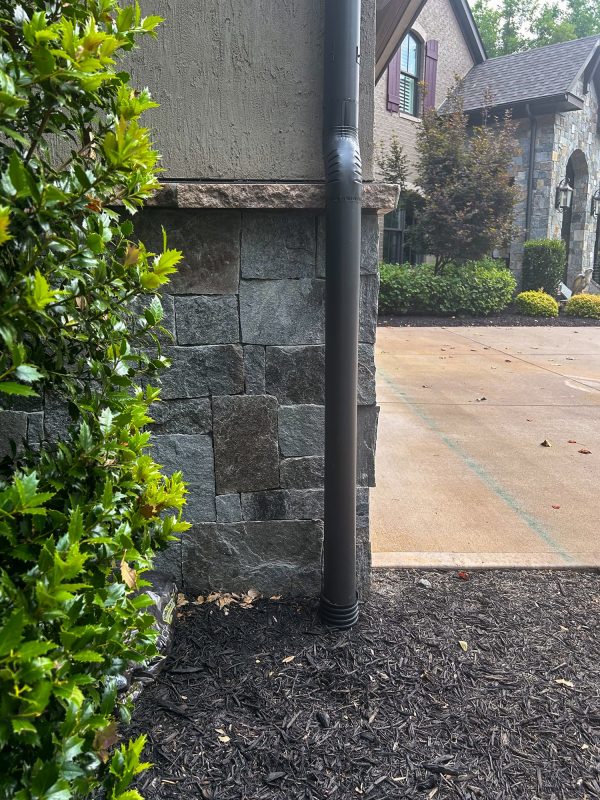
During torrential rain, the high volume of water can wash out any landscaping or gravel at the bottom of the downspout. Picture an orange slurry from 7/11.
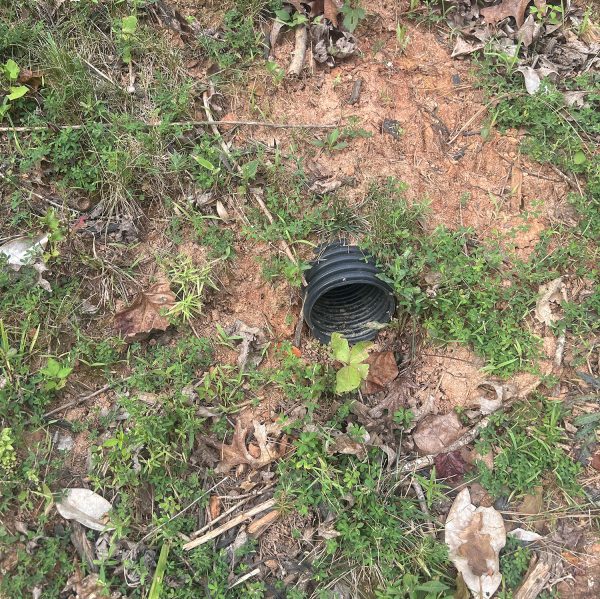
One way to avoid this is to direct the water underground and away from the house. Clever, but does require ample room on the lot. Another method is to place large rocks at the base of the foundation that won’t wash away during a rainstorm.
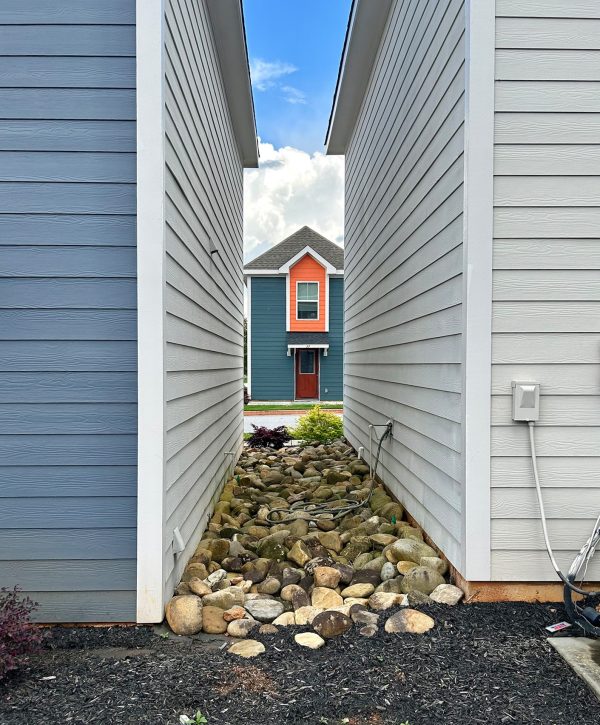
And yet, we’re still not done yet protecting the exterior of our homes from staining. I recently saw staining on the back of a white townhome. The source of the water was an AC that was in the attic. The condensate line that was in the eave and dripping water falls at least 9’, eventually washing away the landscaping and splashing up on the foundation.
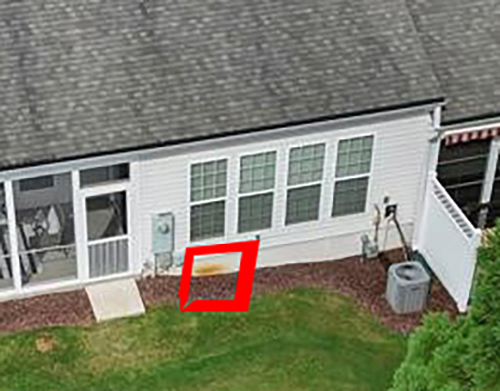
Finally, let’s consider irrigation. Even with a well landscaped yard with no exposed dirt, care is needed to avoid excessive water from running off onto the driveway.
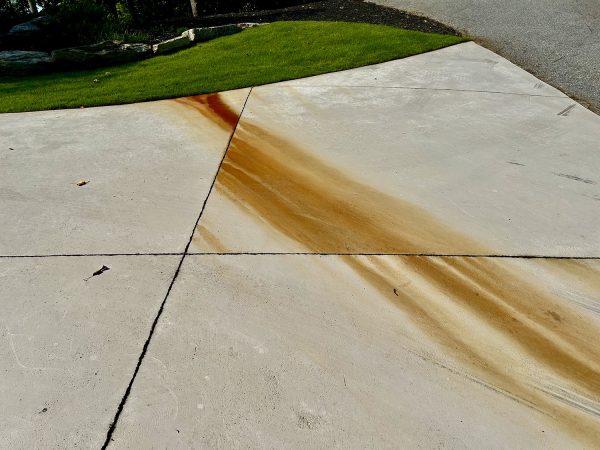
If the water for the irrigation is from well water, that too can stain the house, sidewalks and driveways.
Other Colorful Dirt
There are also large areas of red desert rock and soil in California, Arizona and Nevada.
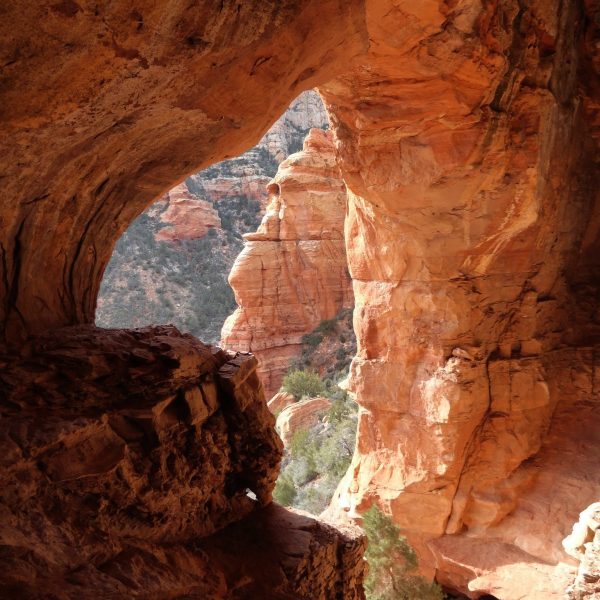
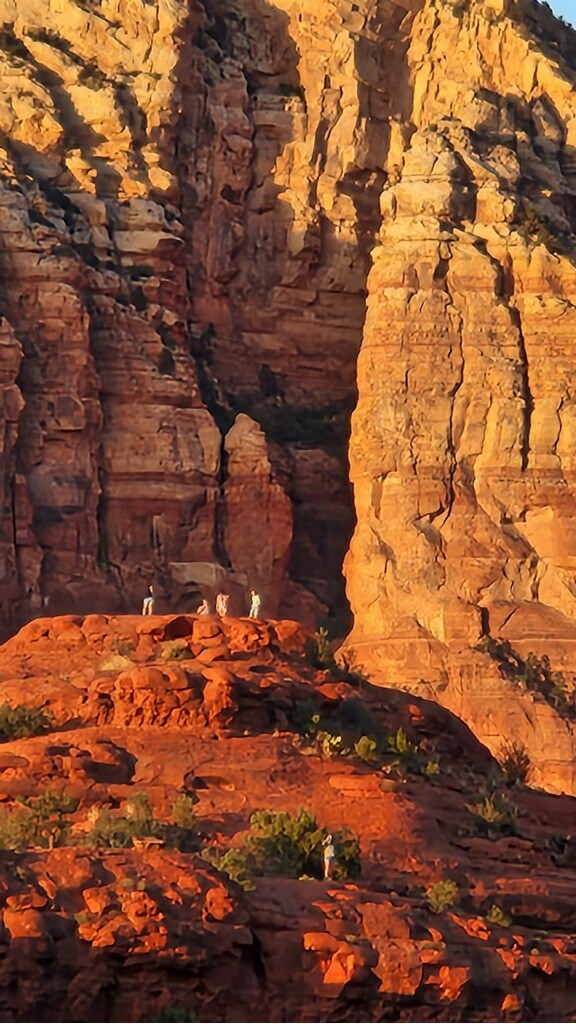
While this soil is red, it is missing the clay. The Red River between Oklahoma and Texas carries the red color downstream. There is an area in Ontario, Canada that was black soil which is awesome for farming.
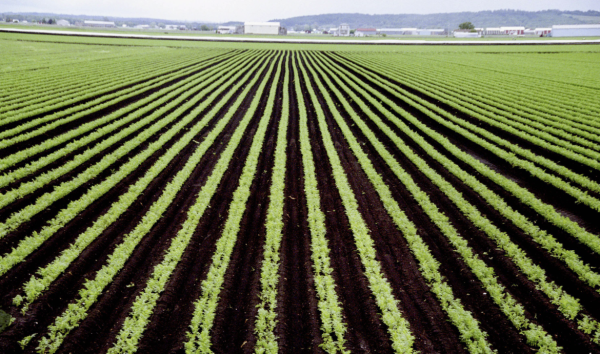
I’m guessing it too makes a mess in our houses.
I’m guessing most of my readers haven’t given this much thought to dirt and its color. It is why I just smile when someone says they want an earth toned exterior on their house. Great choice! Now, from which region are you drawing the color inspiration?
Categorized in: Uncategorized
This post was written by Housing Design Matters


